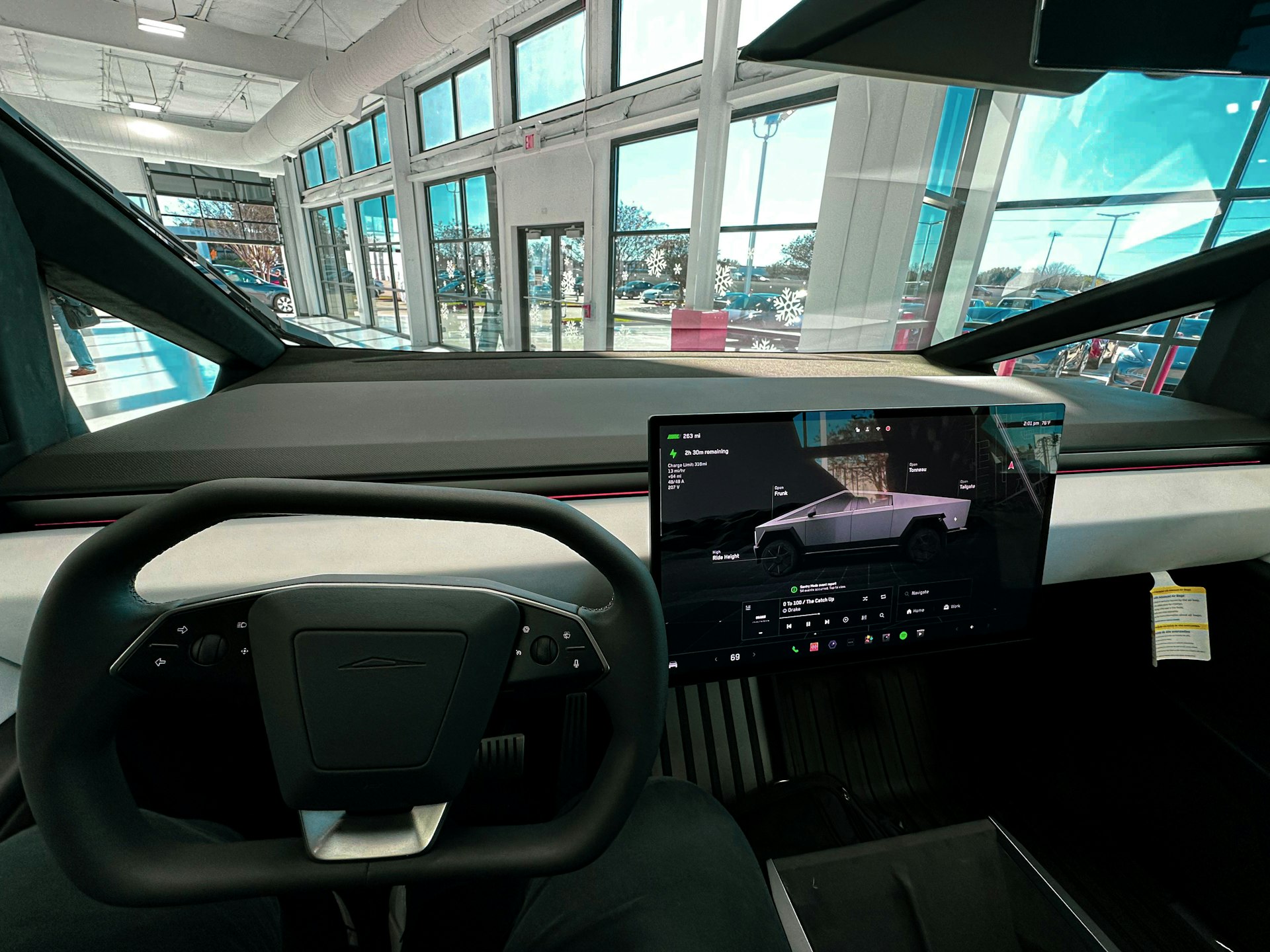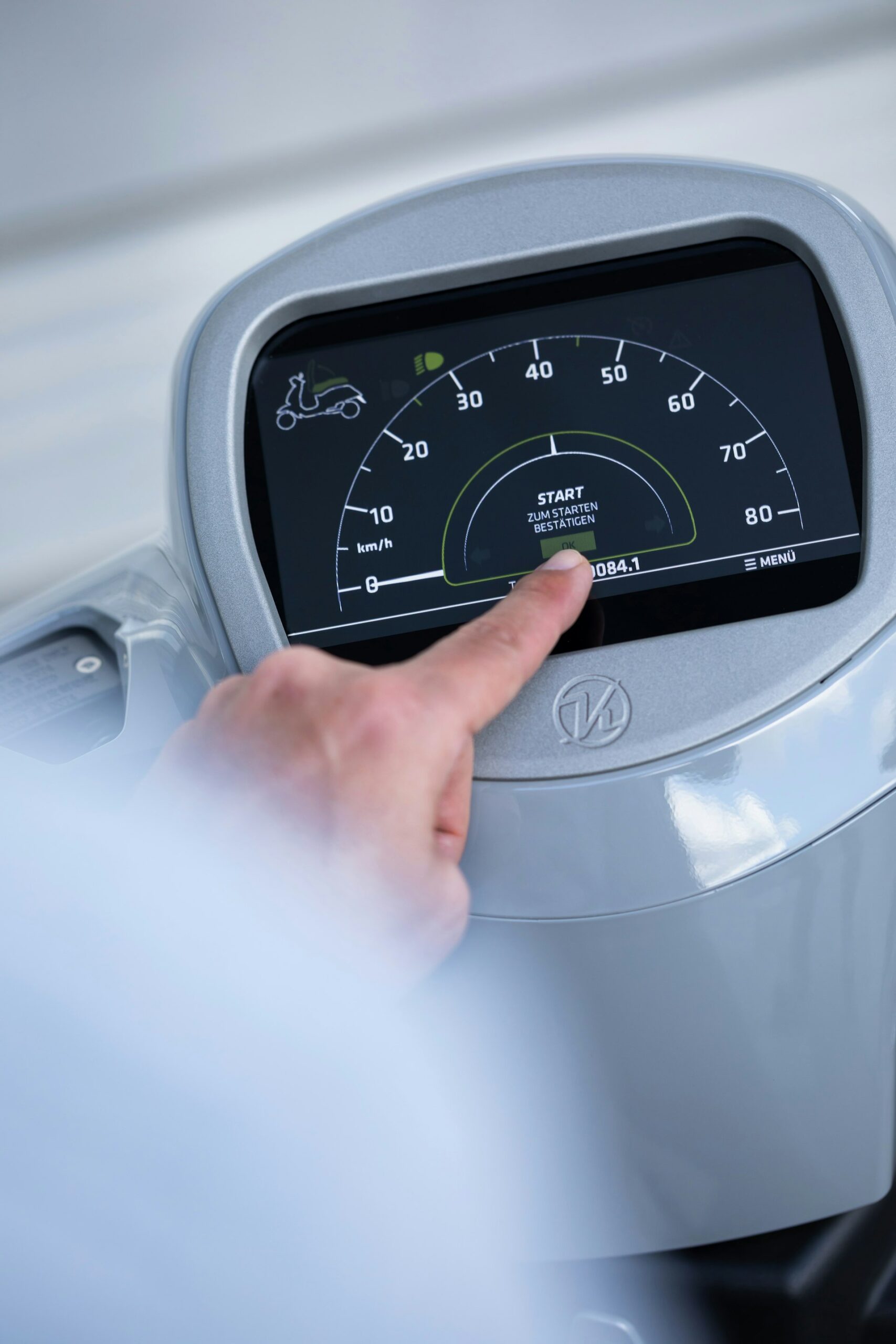Transforming Vehicle Uptime and Efficiency with AI-Powered Predictive Maintenance

Photo by Komorebi Photo on Unsplash
Introduction: The Power of AI-Powered Predictive Maintenance in Vehicles
AI-powered predictive maintenance is revolutionizing how vehicles are serviced and maintained. By leveraging artificial intelligence, machine learning, and real-time sensor data, automotive companies can anticipate failures before they occur, minimize unplanned downtime, and enhance reliability for individual owners and large fleets alike. This technology is rapidly gaining traction across the automotive industry, offering substantial operational and financial benefits for manufacturers, fleet operators, dealerships, and end-users.
Understanding AI-Driven Predictive Maintenance
Predictive maintenance uses algorithms and data analytics to identify patterns and anomalies that may signal potential vehicle failures. Unlike traditional maintenance, which relies on scheduled servicing or reactive repairs, AI-powered systems continuously analyze real-world data from various sources-such as telematics, engine sensors, diagnostic trouble codes, and historical maintenance logs-to forecast when and where issues might arise. [2]
Key technologies include:
- Machine Learning Algorithms: These models learn from historical data and ongoing sensor inputs, improving prediction accuracy over time. [1]
- IoT Sensors: Connected devices installed in vehicles monitor components like engines, brakes, transmission, and battery systems in real time. [1]
- Cloud and Edge Computing: Cloud platforms enable large-scale data analysis, while edge computing supports real-time decision-making within the vehicle itself. [1]
Real-World Applications: Automotive Leaders and Fleet Operators
Major automotive brands and fleet operators have adopted AI-powered predictive maintenance with significant results:
Tesla: Uses AI to monitor battery health, motor performance, and braking systems. Over-the-air (OTA) updates provide remote fixes, reducing the need for service center visits. [1]
General Motors (OnStar Diagnostics): Offers real-time vehicle diagnostics and predictive alerts, helping drivers prevent unexpected breakdowns. [1]
BMW & Daimler (Mercedes-Benz Uptime): AI-driven monitoring delivers early warnings for truck fleets, reducing downtime and optimizing maintenance schedules. [1] [3]
Volvo Trucks: AI-based maintenance in its Connected Vehicle Platform has reduced unplanned stops by up to 25%. [2]
Ford: Leveraged AI to predict 22% of specific equipment failures on average 10 days in advance, saving customers 122,000 hours of downtime. [5]
Uber & Lyft: AI-driven systems maintain their vehicles in optimal condition, ensuring reliable ride-sharing services by predicting maintenance needs and scheduling timely interventions. [1] [4]
Benefits and Measurable Outcomes
AI-powered predictive maintenance delivers a range of quantifiable benefits:
- Reduced Unplanned Downtime: Toyota’s AI system resulted in a 30% reduction in unplanned downtime. [2]
- Enhanced Equipment Effectiveness: Toyota reported a 25% increase in overall equipment effectiveness. [2]
- Cost Savings: Ford’s predictive maintenance saved an estimated $7 million in downtime costs for logistics customers. [5]
- Safety and Reliability: Early detection of faults prevents breakdowns and improves driver and passenger safety. [1]
- Optimized Fleet Operations: AI enables dynamic maintenance scheduling, maximizing vehicle availability. [4]
Implementing AI-Powered Predictive Maintenance: Step-by-Step Guide
Deploying AI-driven predictive maintenance in vehicles requires a strategic approach:

Photo by Ian Talmacs on Unsplash
- Assess Current Maintenance Practices: Review existing maintenance schedules and data collection methods.
- Integrate IoT Sensors: Install or activate sensors to monitor key vehicle components. Modern vehicles often come equipped with these sensors; check OEM documentation for compatibility. [1]
- Choose a Predictive Maintenance Platform: Research established solutions such as OnStar (GM), Mercedes-Benz Uptime, or third-party platforms like Samsara and Fleet Complete. [4]
- Connect to Cloud Analytics: Ensure the system can aggregate and process data in real time. Many manufacturers and fleet management providers offer cloud-based analytics or APIs.
- Train Machine Learning Models: Use historical maintenance and sensor data to train predictive algorithms. Collaborate with data scientists or leverage pre-built solutions from reputable vendors. [5]
- Integrate Alerts and Reporting: Set up real-time alerts for anomalies and predictive reports to guide maintenance actions. Customize reporting for your fleet or vehicle type.
- Continuously Monitor and Improve: Regularly review system accuracy and adapt models as new data becomes available. Engage with solution providers for upgrades and optimization.
Actionable Steps: If you operate a fleet, contact your vehicle manufacturer or fleet management provider to inquire about compatible predictive maintenance solutions. If you’re an individual owner, consult your dealership or review your vehicle’s telematics system documentation for predictive maintenance options.
Challenges and Solutions in AI Vehicle Maintenance
While AI-powered predictive maintenance offers substantial benefits, implementation can face several challenges:
- Data Integration: Combining disparate datasets from sensors, telematics, and maintenance logs can be complex. Solution: Choose platforms with robust integration tools and seek technical support from vendors. [1]
- Model Accuracy: Ensuring predictive models remain accurate as vehicle designs evolve. Solution: Regularly update models with new data and feedback.
- Cost of Adoption: Initial setup costs for sensors and data platforms may be high. Solution: Many OEMs now include essential hardware; explore scalable options and phased implementations. [2]
- Staff Training: Maintenance teams need education on interpreting AI-driven reports and alerts. Solution: Invest in training programs or vendor-led workshops.
Alternative Approaches and Complementary Strategies
Some organizations blend AI-powered predictive maintenance with traditional approaches for redundancy and flexibility. For instance, routine scheduled maintenance can be supplemented by AI-driven alerts, ensuring no critical issues are overlooked. Additionally, periodic manual inspections remain valuable, especially for older vehicles without advanced sensor suites. [4]
Fleet operators may also consider hybrid strategies, using AI for high-value assets and manual processes for smaller or older vehicles. Consulting with OEMs and solution providers can help tailor systems to specific operational needs.
How to Access AI-Powered Predictive Maintenance Solutions
Accessing these solutions typically involves the following steps:
- Contact your vehicle manufacturer or authorized dealership to inquire about available predictive maintenance programs (e.g., OnStar, Mercedes-Benz Uptime, Tesla OTA updates).
- If you manage a fleet, consult established fleet management platforms such as Samsara, Fleet Complete, or Nauto for integration options.
- Search for “predictive maintenance solutions” alongside your vehicle make and model to discover compatible services.
- Review documentation and support portals from leading OEMs and fleet management vendors for step-by-step installation and setup guidance.
For specific guidance, you can call the customer support line listed in your vehicle’s manual or reach out to your fleet management provider’s technical support department.
Key Takeaways
AI-powered predictive maintenance is shaping the future of automotive reliability and efficiency. By proactively addressing potential issues, organizations and individual owners can reduce costs, improve safety, and maximize vehicle uptime. As adoption grows, businesses should seek out reputable vendors, prioritize staff training, and remain flexible in integrating new technologies. For more information, consult your vehicle manufacturer or established fleet management provider, and explore recent case studies to determine the best fit for your needs.
References
- [1] XenonStack (2024). How AI is Revolutionizing Predictive Maintenance for Vehicles.
- [2] Cognitgo (2023). Predictive Maintenance: Using AI to Keep Cars on the Road.
- [3] BMW Group Press (2023). Smart maintenance using artificial intelligence.
- [4] Heavy Vehicle Inspection (2024). Real-World Examples of AI in Mixed Fleet Maintenance.
- [5] Kortical (2023). Ford – Predicting failures using connected vehicle data.
MORE FROM pulsefusion.org













